Woodpeckers of Barzok are affected by asymmetrical pattern of development

Most woodpeckers are tied to tree habitats but dwell on a wide variety of species of trees regardless of their age and size.
The Great Spotted Woodpecker may feed in willow thickets in winter, but needs bigger branches to nest. Others feed on the ground: The Green Woodpecker, an ant-eater, feeds much more on grassland than on trees. Others, however, are more exacting and require large amounts of dead wood, and struggle to survive in modern forests with intensive management.
The pictures are taken in Barzok, a city in Kashan, Isfahan Province. The signs of woodpeckers such as their nests and even feathers are visible but not correspondingly any easier to see. If you listen closely, it is possible to hear their short and sharp calls, but it also sounds like a drum as the birds hammer their bills hard against a resonant branch in a short, rapid drum-roll.
Syrian woodpeckers of Barzok

Two white patches on both wings, wing-sides barred black and white, long and sharp bill, dirty white cheek and brownish-white forehead, red crown and a black rim are all defining characteristics of Syrian Woodpecker which is a native and common species to Iran.

The species has jaw-dropping ways to chat, calls resemble Great Spotted but softer and more rounded. Drum-burst begins like Great Spotted but is longer and dies away at the end. It is common in woodlands, scrubs, parks, gardens, around clumps of trees and often near villages or farmlands. This species prefers adjacent to the villages and cultivated lands but that rule of thumb doesn't always hold up.
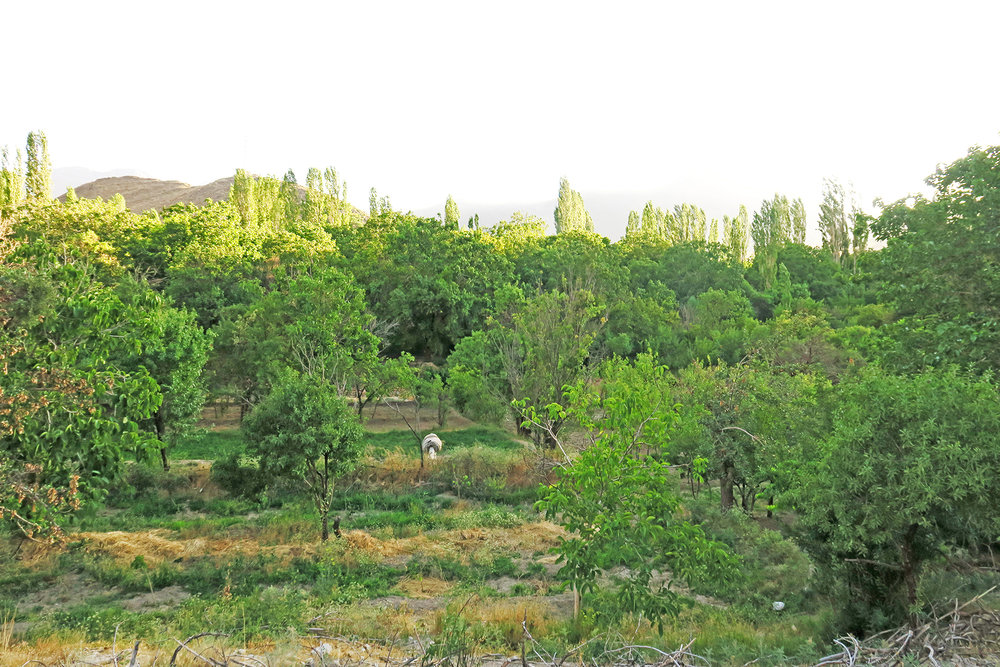
Human beings have used a large part of the land surface of the Earth for agriculture that many plants and animals such as woodpeckers cannot survive in fragmented or broken up habitats. Habitat loss is occurring at a rapid rate in Barzok too. Habitat loss is an insidious agent of biodiversity loss because it is rare to have a good catalog of the species in a region after habitat clearing.
Asymmetrical pattern of development in Barzok
Conflicts between "green spaces" and development is a tragic item of news nowadays. One way to determine an ecosystem health is to obtain some of the environmental indices for example woodpeckers’ presence in a place. The general notion of ecosystem health is useful to provide the society and decision-makers with some indication of how environmental factors is coping with stresses arising from physical factors, such as human beings intervention with the nature.
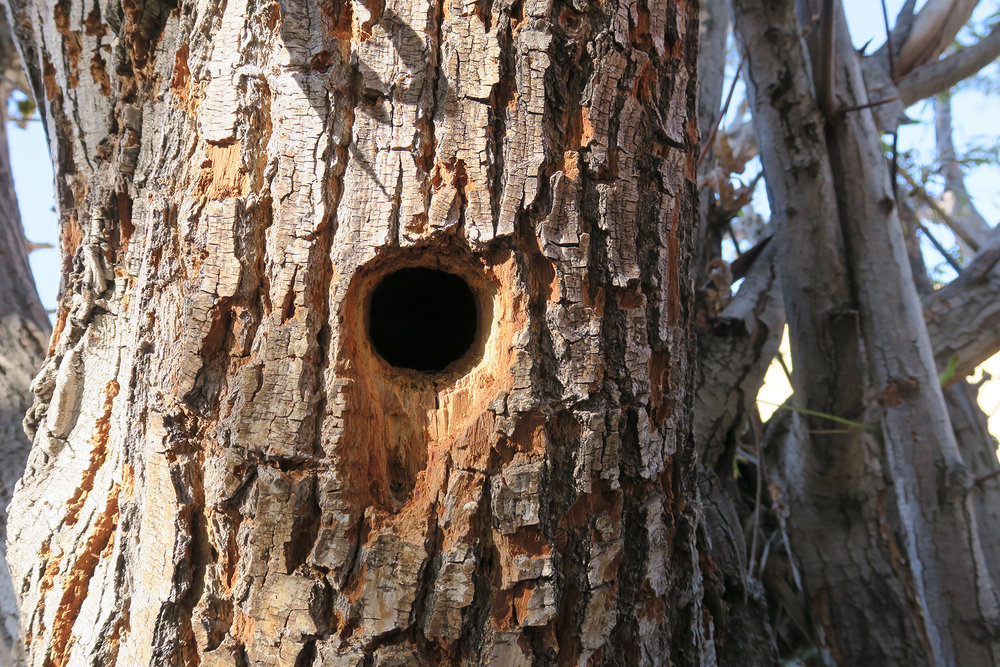
The problem of less developed areas such as Barzok is that environmental issues have polarized the area. The technological optimists believe that through technological innovations human beings will dominate nature and become independent of nature. This is the dominant view in many villages and is based partly on the fact that this approach to life has facilitated great progress in human health and living standards. But the big question concerns the future, why we cannot see the environment as an investment portfolio, and ask how we can manage this portfolio, particularly in situations of uncertainty such as changing the landscape.
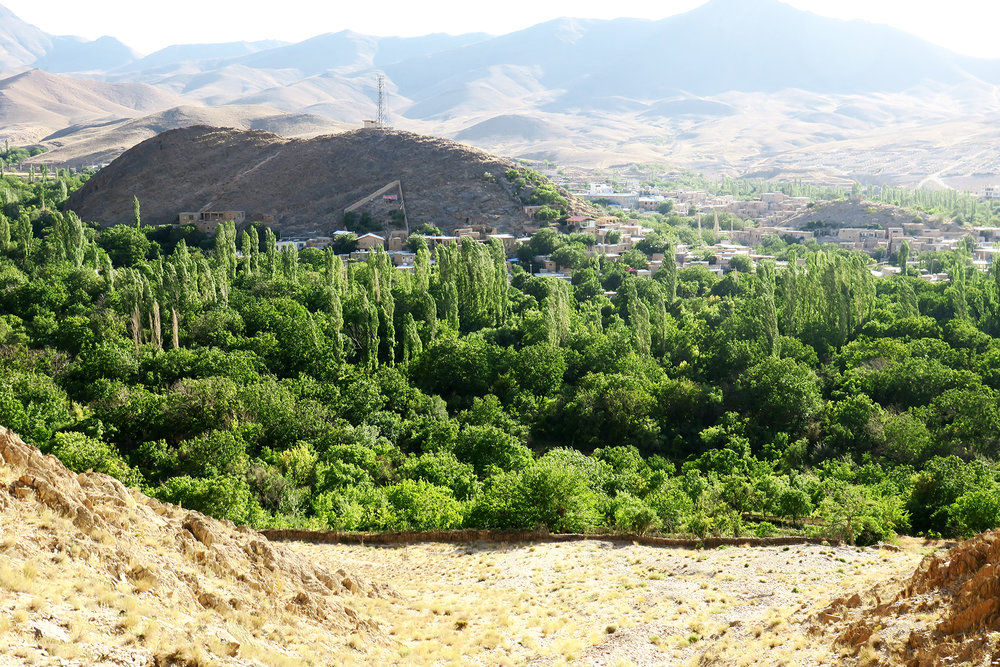
Farming and building concrete structures in Barzok is rapidly gaining ground and most of the woodlands close to the seasonal rivers are being converted to pastures and agricultural fields into suburbs with relatively little thought given to the ecological consequences of these land use planning. The main problem of Barzok is similar to other regions and is pertaining to assessing impacts on Flora and also Fauna. Changes in land use have a dual impact- both on habitat loss for plants such as Tamarix spp and animal communities e.g. Syrian Woodpecker (Dendrocopos syriacus). These species are considered as ecosystem health indicators and as a result of farming and urban sprawl, their proper habitats are being abandoned.
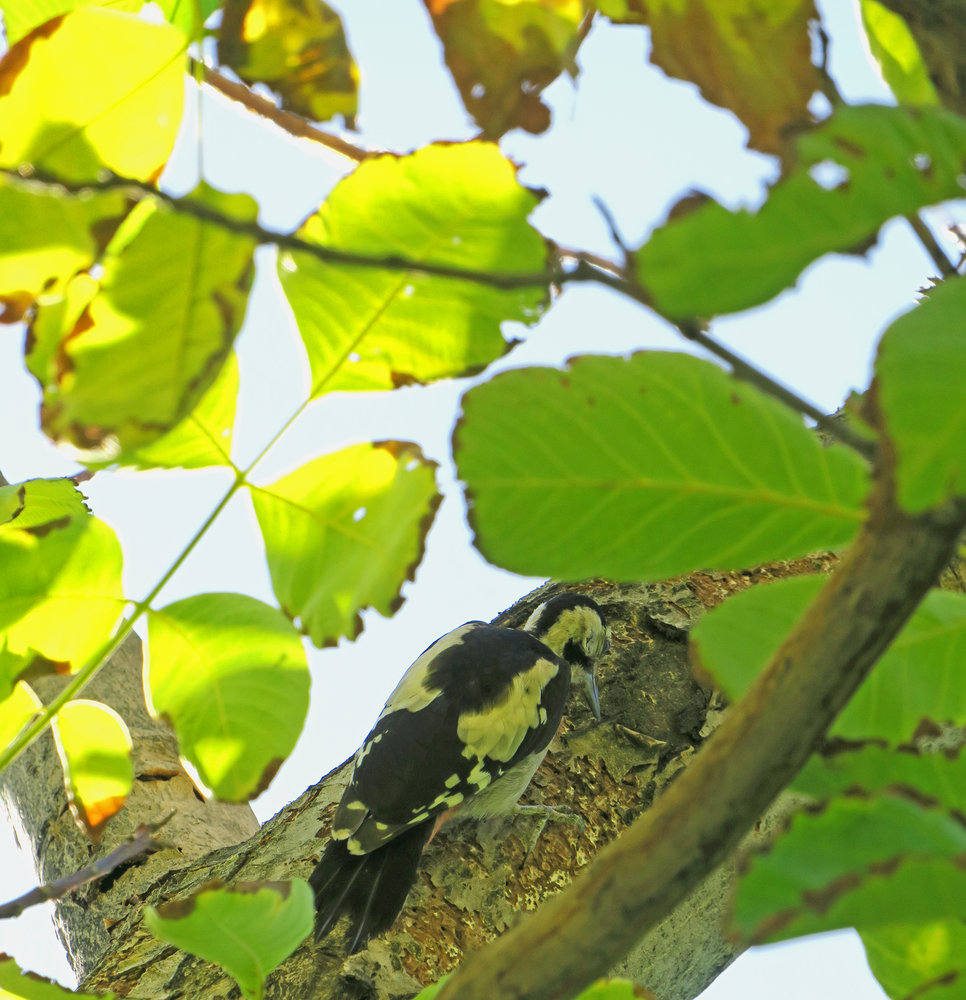
The importance of woodpeckers
It is well-known that woodpeckers provide cavities for secondary cavity nester. Woodpeckers are dependent on dead wood for foraging and excavating cavities. Many of woodpecker species such as Syrian Woodpecker are highly susceptible to habitat changes and that's why they are being used as general indicators.
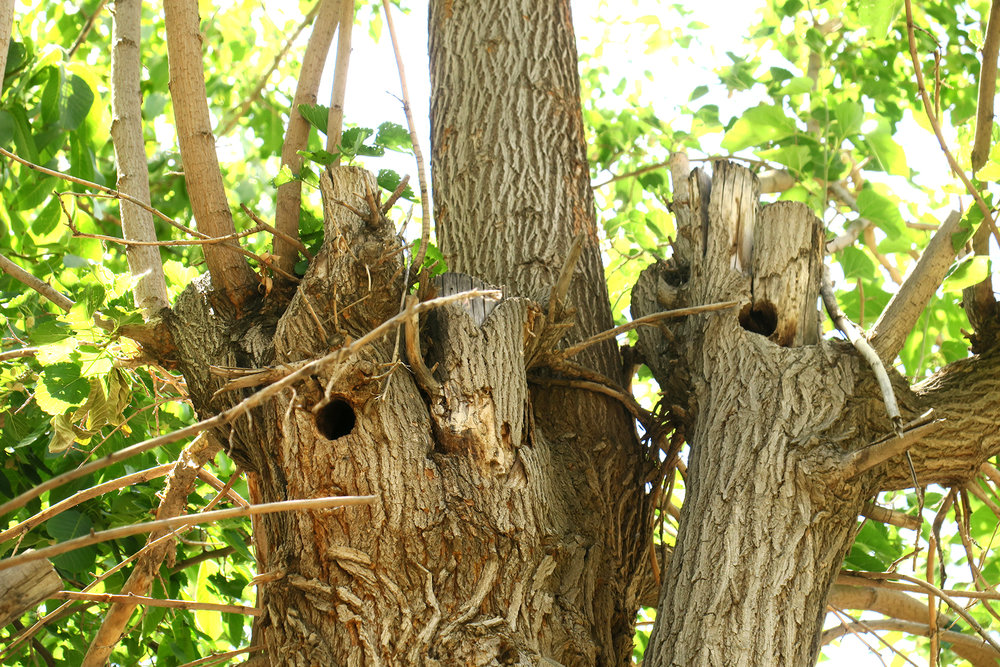
It is also known that the increase of woodpeckers is connected with decrease and even increase of some other species. For example, investigations show that the success of woodpeckers in excavating nests or roost sites depends on fungi having rotted the wood. Then all data suggest that woodpeckers are disproportionately important to their ecosystems. As such, woodpeckers are important model species in conservation biology. The ecology of woodpeckers such as habitat use and foraging patterns in Iran, have not been studied well and even population data are much scarcer then we have to think more about all of these gaps because of woodpeckers' importance.
